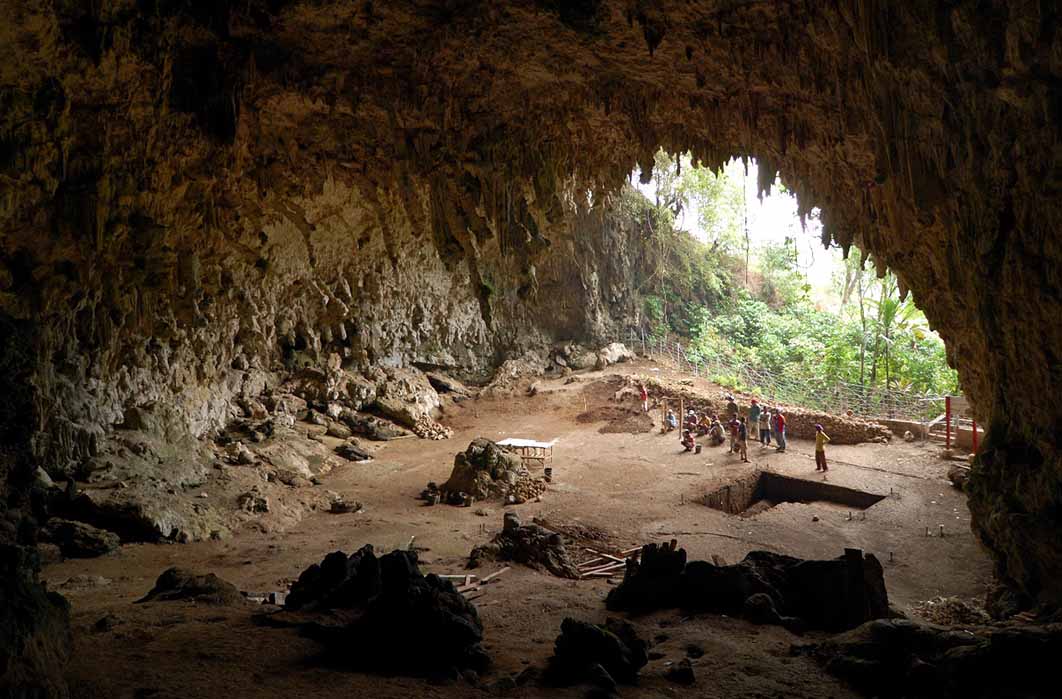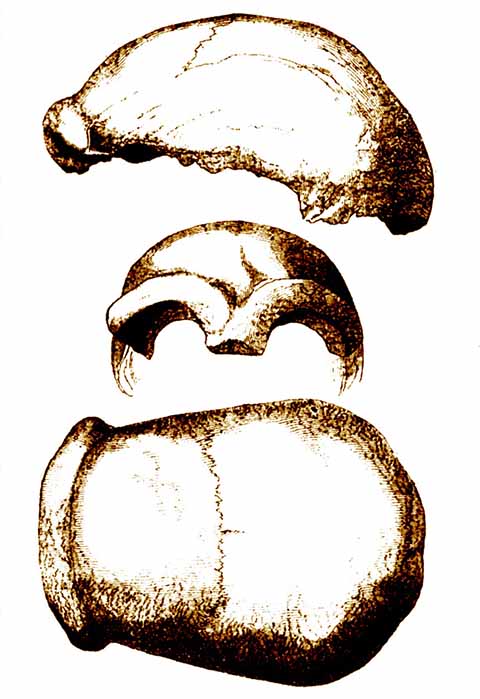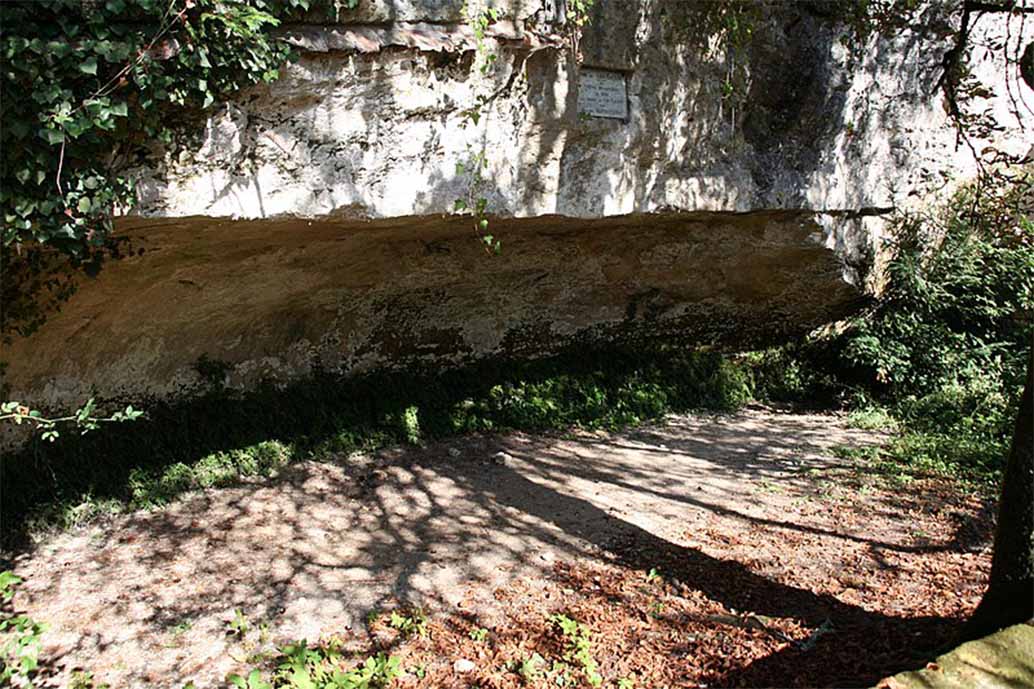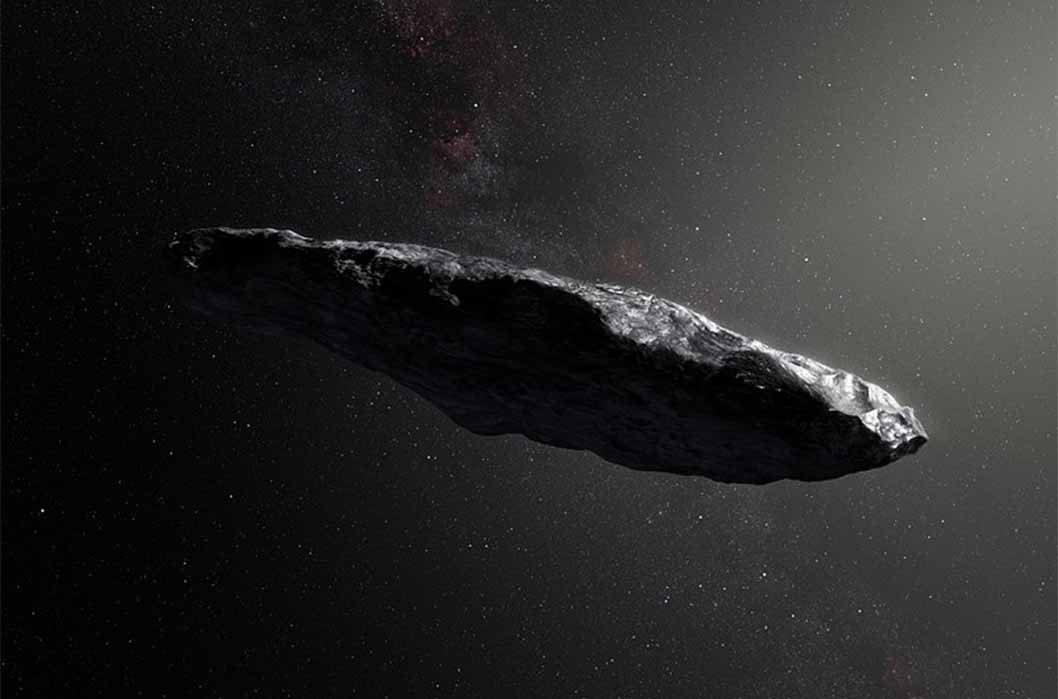
The Homo Floresiensis Controversy: The Hunt For The Modern Hobbit A Hoax?
Has the search for the modern relatives of Flores Island’s Homo floresiensis turned into a hoax-hunt? Everything that scientists thought about human evolution changed in 1856 after the first fossil evidence of ancestral human forms was discovered by quarrymen in the Neander Valley in Germany, sparking great debate about the then unknown evolution of our species. The discovery of this Neanderthal skull marked the beginning of human paleontology and it also initiated a volume of new questions pertaining to how many other early human ancestors were out there, still awaiting discovery.

Professor Johann Karl Fuhlrott discovered the skull of “Neanderthal 1” in the Feldhofer Cave in Germany in 1856, and it was radiocarbon dated to 40,000 years ago. (Public Domain).
Discovering Fossils
A modicum of evolutionary clarity was achieved after 1868 when archaeologist François Berthoumeyrou unearthed the remains of early modern humans at the now famous Cro-Magnon rock shelter, Les Eyzies de Tayac, Dordogne, France. These fossils represented the first widely accepted evidence of early Homo sapiens and today more than 6,000 human fossils have been discovered that together tell the story of our development over the last seven million years of human evolution. Incidentally, the seven million years reference comes from the 2001 discovery of a partial fossil leg bone and two forearm bones in the central African nation of Chad, that represent the earliest known hominid which around seven million years ago both walked upright and climbed in the trees.

Cro-Magnon rock shelter. A commemorative marble plaque reads, "Shelter of Cro-Magnon: Here in 1868 Cro-Magnon men were discovered by François Berthoumeyrou". (Sémhur / CC BY-SA 4.0)
While seven million years might sound like a significant period of time it was shown to be but a scratch on the surface of the cosmic clock, when in 2017 a team of researchers at UCLA and the University of Wisconsin–Madison confirmed that microscopic fossils discovered in a nearly 3.5-billion-year-old piece of rock in western Australia are the oldest fossils ever found and indeed the earliest direct evidence of life on earth. While all this is known about the origins of life on earth over the last 150 years, much like today, mainstream newspaper headlines have bent, distorted and greatly steered the course of public perception regarding what actually happened in evolution, to suit their donors and associated political and religious narratives. Therefore, headlines have the ability to make scientists peer over their spectacles and lean in, but more often to bounce newspapers against walls. A recent example of such a controversial scientific headline was when on 21 September 2021 Scientific American announced that Harvard’s leading Professor of Astronomy, Avi Loeb, said he “thinks we should study UFOs”. This one was only three years after the 26 October 2018-headline about Loeb’s earlier scientific paper exploring the possibility of “Oumuamua being an artificial thin solar sail from an ancient craft.”

Artist's rendering of Oumuamua. ( ESO/CC BY-SA 4.0)
But long before Dr. Avi Loeb announced his willingness to consider the existence of ancient alien space travelers -which challenges scientific assumptions about the size of the universe and how space time works - Dr. Josiah Dwight Whitney, another leading Harvard professor, and chief of the California Geological Survey (1860–1874), brought the world’s scientific community to its knees when he publicly endorsed a skull as “proof of humans living in North America during the Pliocene epoch 5.3 to 2.6 million years ago.” It was around six million years ago that one of our earliest-known ancestors, Sahelanthropus, began slowly transitioning from its ape-like movement, but Homo sapiens would not show up for more than five million years, so Dr. Whitney’s claim that upright humans populated North America at this time was sensational, to say the least. The highly-controversial fossil, known as the ‘Calaveras Skull’ was allegedly discovered by a team of gold miners in February 1866 in the county of Calaveras, California. They claimed it was unearthed at around 39 meters (127.95 feet) deep, but Dr. Whitney failed to verify this for himself. The entire claim collapsed, along with Dr. Whitney’s reputation, only three years later when the San Francisco Chronicle presented the confession of a gold miner who told them the skull was “dug up from another site and reburied as a practical joke”.




